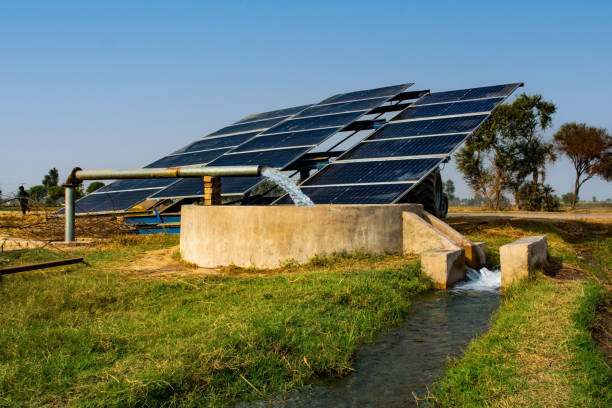The outdoor recreation industry has witnessed remarkable technological advancement in portable power solutions, with high-performance solar blanket systems emerging as game-changing equipment for adventurers, emergency preparedness enthusiasts, and off-grid professionals. These sophisticated photovoltaic textiles represent a convergence of materials science, electrical engineering, and practical design philosophy that transforms how we approach energy independence in remote environments. Modern solar blankets integrate cutting-edge monocrystalline silicon cells, advanced polymer substrates, and intelligent power management systems to deliver reliable electricity generation in challenging outdoor conditions where traditional power sources remain unavailable or impractical.
Advanced Photovoltaic Cell Technology
Contemporary solar blankets utilize high-efficiency monocrystalline silicon cells that achieve conversion rates exceeding 22%, significantly outperforming older polycrystalline alternatives. These cells undergo rigorous quality control processes including electroluminescence testing and power sorting to ensure consistent performance across the entire blanket surface. The integration of PERC (Passivated Emitter and Rear Cell) technology enhances light absorption capabilities, particularly in low-light conditions common during dawn, dusk, or overcast weather scenarios.
Manufacturers implement bypass diode configurations that prevent single-cell failures from compromising entire panel sections. This redundancy ensures continued power generation even when portions of the blanket experience shading or physical damage. Advanced anti-reflective coatings applied through plasma-enhanced chemical vapor deposition reduce surface reflection losses by up to 3.5%, maximizing photon capture efficiency.
Intelligent Power Management Systems
Modern solar blankets incorporate sophisticated Maximum Power Point Tracking (MPPT) charge controllers that continuously optimize voltage and current output to match varying environmental conditions. These systems employ algorithms that sample electrical characteristics hundreds of times per second, automatically adjusting operating parameters to maintain peak efficiency regardless of temperature fluctuations or irradiance changes.
Integrated voltage regulation prevents overcharging of connected devices while providing clean, stable power output. Temperature compensation features adjust charging parameters based on ambient conditions, extending battery life and preventing thermal damage to sensitive electronics. Multiple output configurations including USB-A, USB-C, and 12V DC outlets accommodate diverse device requirements from smartphones to portable refrigeration units.
Weather-Resistant Construction Materials
High-performance solar blankets utilize specialized encapsulation materials designed to withstand extreme environmental conditions. Ethylene Vinyl Acetate (EVA) encapsulant layers protect photovoltaic cells from moisture infiltration while maintaining optical transparency. Fluoropolymer backsheets provide superior resistance to UV degradation, thermal cycling, and chemical exposure common in outdoor environments.
Reinforced grommets and mounting points distribute mechanical stress across the blanket structure, preventing localized failures during high-wind conditions. Waterproof junction boxes sealed with silicone gaskets maintain electrical integrity in wet conditions while allowing thermal expansion without compromising seal effectiveness.
Deployment and Portability Features
Engineering emphasis on rapid deployment results in blankets featuring pre-installed mounting hardware and color-coded connection systems that eliminate setup complexity. Accordion-style folding mechanisms protect sensitive cell surfaces during transport while achieving compact storage dimensions. Integrated carrying cases with moisture-resistant zippers and reinforced handles facilitate transport across challenging terrain.
Strategic placement of anchor points allows secure attachment to vehicles, trees, or ground stakes without requiring specialized tools. Quick-disconnect electrical connectors enable rapid system reconfiguration as power needs change throughout the day, supporting everything from device charging to camp lighting applications.
Durability and Long-Term Performance
Rigorous testing protocols including thermal cycling, humidity freeze testing, and mechanical load testing ensure solar blankets maintain performance specifications over extended operational periods. Hail impact resistance testing using standardized projectiles verifies structural integrity under adverse weather conditions.
Anti-soiling surface treatments reduce dust and debris accumulation that can diminish power output. Self-cleaning properties activated by morning dew or light precipitation help maintain optimal performance without manual intervention, particularly valuable during extended backcountry expeditions where maintenance opportunities remain limited.

